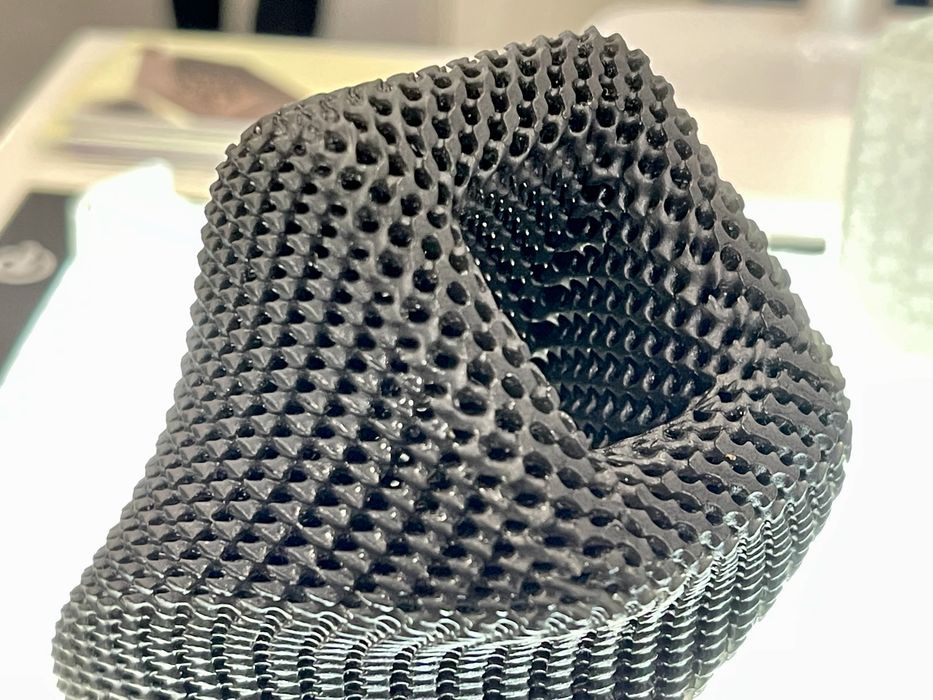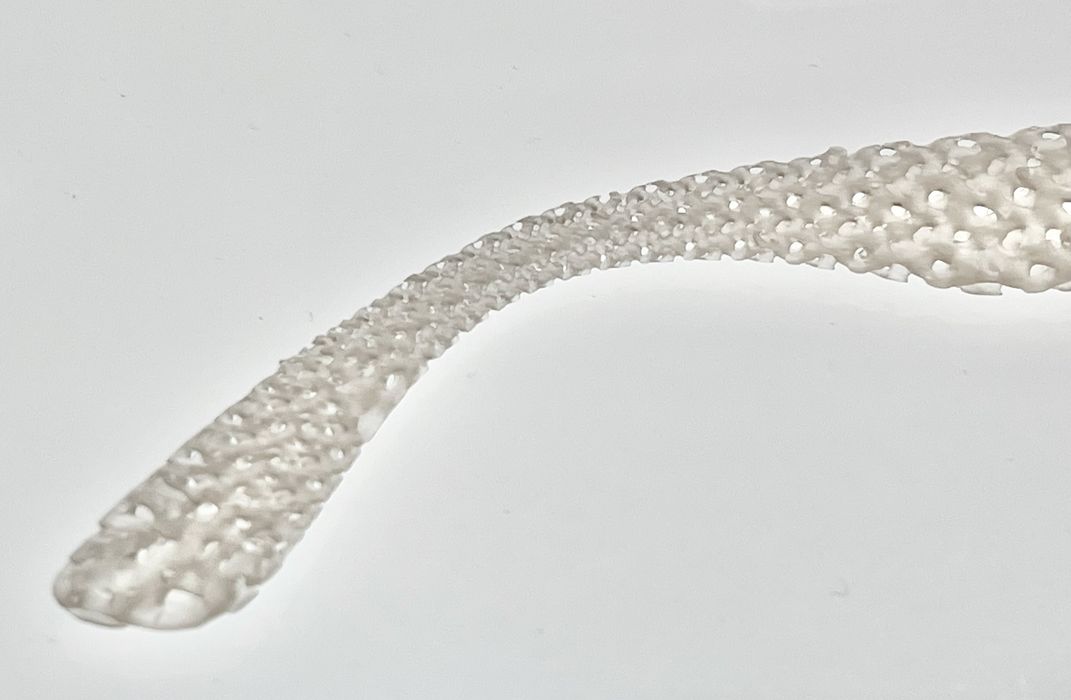
We had a chat with the folks from Metafold about their generative design tool.
The Toronto-based company has developed an extremely powerful tool for generating highly complex 3D models. These are ideal for the 3D print industry, as that’s about the only manufacturing process that can produce them.
But it’s also quite useful for industry, as new types of products and concepts can be both explored and finalized. Parts can be easily lightweighted, and Metafold claims design time can be reduced by “50-98%” for new product designs.
Metafold told me they’ve recently issued a brand-new user interface that should simplify use of the tool, and that likely has something to do with the 98% time savings. The new interface includes “compression simulation”, which will be quite useful for those designing flexible lattices.
But what applications are possible? What are Metafold’s customers designing?
The tool can generate incredibly complex lattice structures, and these are applicable in many industries. Metafold explained that any highly complex geometry application could benefit from their tool. An example would be a bioreactor, which includes very complex internal pathways.
Another example they’ve seen is scaffolds for 3D printed lab meat.
Designing such applications is made easier because the tool now allows for easy iteration of designs. This can be done directly from within the tool.

One particular feature that will no doubt be greatly used is their conformal mapping algorithm. This is a way of terminating a lattice in a sensible manner, as opposed to “chopping it off”, as is done in many other lesser generative tools.
If you look closely at the images at top and above, you will see that the lattice conforms to the intended shape: the lattice neatly flows through the edges and curves.
Metafold said this feature would be particularly useful for those designing footwear, as the lattice would fit neatly into the allowed space without dangling ends.
The Metafold tool is a cloud-based system, and they said that performance is “close to desktop-level if the network is good”. It seems they’ve figured out how to avoid big data transfers during normal operations. However, there would still be some waiting while importing or exporting, depending on the network capacity.
Metafold has priced their service with four levels, corresponding to single user, teams, and enterprise. What’s the fourth level, you ask? It’s actually a free tier in which anyone can try out Metafold.
The free tier has some limitations, with the most constrained being the number of exports allowed: ten. The “Pro” level, priced at US$995/yr, allows 180 exports, or about one per workday.
Metafold also offers an API to permit embedded applications that use Metafold’s power in the background. I can imagine, for example, an online footwear printing service. The service might scan a foot and generate a base 3D model, which would then be fed into Metafold to transform it into a lattice-style design for 3D printing.
There are only a few generative tools of this type on the market today, and Metafold is certainly one that should be considered.
Via Metafold
